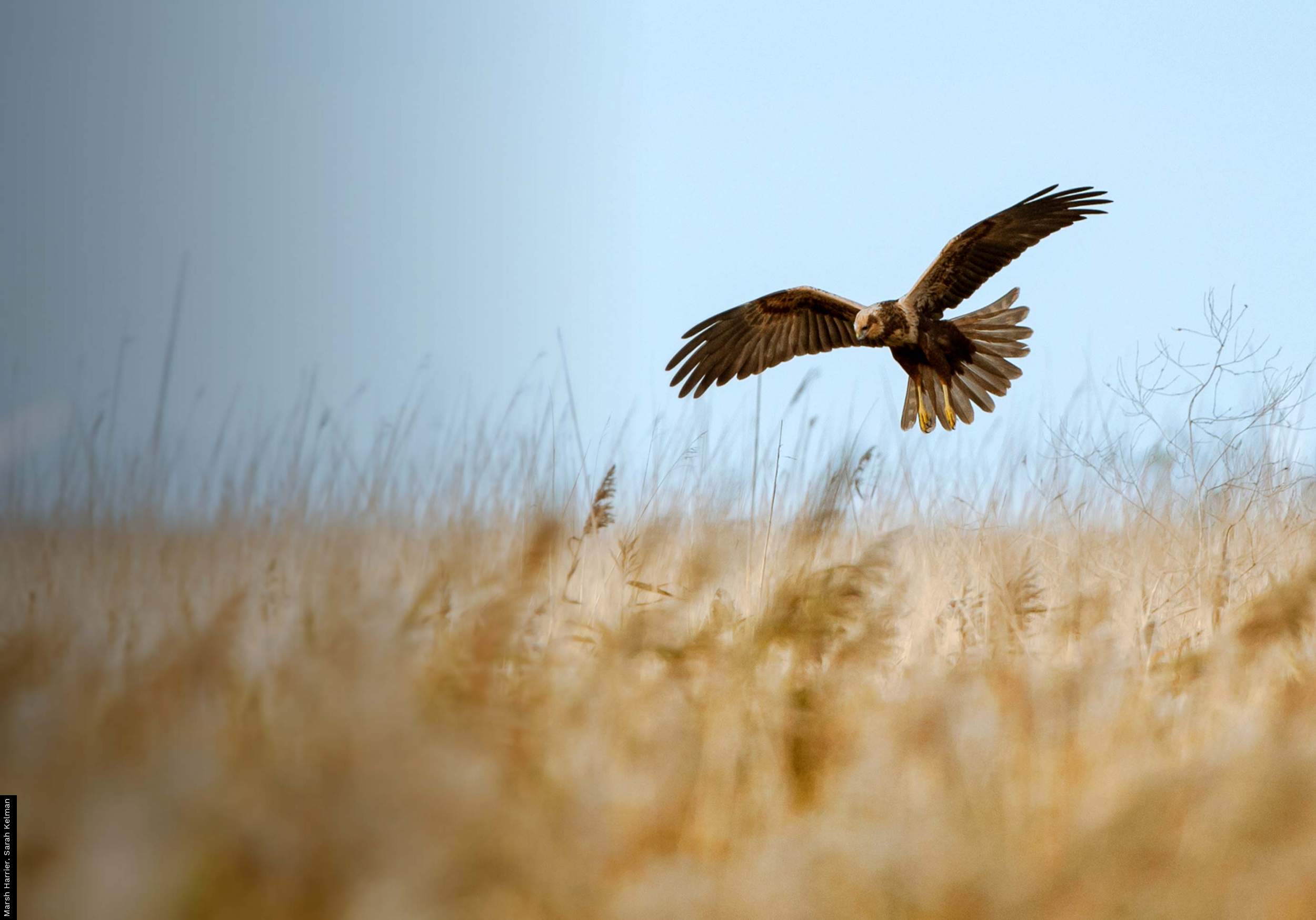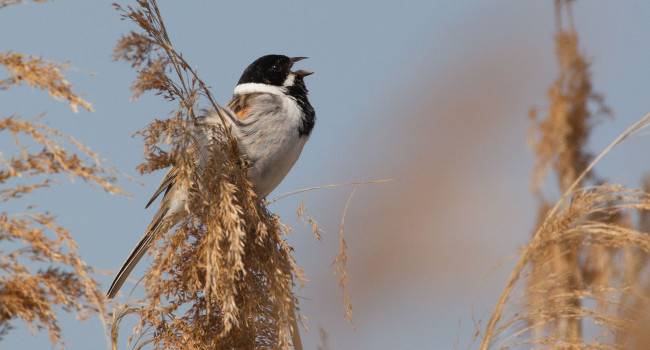Adding new records
How do I add a record?
To add a new record, select ‘Add records’ from the ‘Your options’ menu on the left hand side of the page.
Here you will be presented with a page that allows you to enter the visit details.
First enter where you visited, you have the option of choosing from one of your existing places from the drop down menu to the right of ‘At one of my places’ or by selecting ‘At a new place’ If you select t ‘At a new place’ click here to view instructions on adding a new place. If you select one of your existing places you can then enter the date that you visited. Note - Places created via the app are automatically available on the web.
Adding a start and end time provides us with extra data that is helpful for future analysis. Start and end times are particularly important when adding complete lists.
Next you need to select which type of records you made either ‘systematic’, which is where you made an effort to record every species you could identify by sight or sound, or ‘casual’ where you recorded only notable observations rather than every species you detected.
You can fill in the ‘optional visit information’ if you wish, this includes comments, weather notes and the type of count you made, such as seawatch, roost count or visible migration count. Once you have entered the information click ‘Continue’
On the next screen you can add the species you recorded. Here you can manually enter your records by typing in the species you want to enter in the ‘Find or add a species’ box. A list of possible species will appear as you start typing. Once you have typed a species press ‘Add’ this will add the species to your visit list. Once a species has been added to the visit list the number of birds seen can be recorded in the ‘Count’ column. Leaving the count box empty for a species indicates that the species was present but no count was made. It may be difficult to make an accurate count, in these circumstances please record that the count was approximate by using an accuracy code of circa (c) or plus (+). Please only use ONE measure of count accuracy per species entry. Within BirdTrack we suggest using circa to mean 'best estimate' e.g. c300 Golden Plover and plus to mean a minimum estimate e.g. 250+ Golden Plover. The species can also be entered using the ‘checklist mode’ which displays a list of most likely species that can be added by ticking the present box. Again a count can be added if you so wish following the same principles as above.
Clicking the + button against a species allows you to add extra information against the record such as plumage details (age/sex/phase), Habitat information, flight direction, breeding evidence, marking a record as remarkable and attaching an image to a record.
Once all the species you wish to record have been entered press the ‘submit’ button, an new page will be displayed that shows a summary of the records you are about to submit. Here you have the ability to edit the visit, abandon the visit or confirm the submission. Clicking ‘Confirm records’ will add them to the database and to your personal records.
What is a complete list?
A common BirdTrack-related question is 'what is a complete list?'
A complete list is everything you've detected and positively identified –by sight and/or sound – on a single birdwatching visit to a place. Don’t worry about the ‘ones that got away’, and do err on the side of caution when trying to identify unfamiliar species or birds seen or heard very briefly / distantly. Our analyses take account of the fact that in any given complete list, there are likely to be a few apparently 'obvious' species missing.
Beginner birdwatchers’ complete lists might not be as comprehensive as those of experienced birdwatchers for the same location. However, this does not adversely affect the results and provides important information about variation between observers.
There is no minimum number of species for a complete list because some places (such as upland areas) have very low species diversity, nor is there a minimum time period for a visit. However, complete lists should reflect a reasonable effort at / chance of detecting the majority of species likely to be present. Short visits to species-rich places, for example, are not suitable for gathering complete lists because many species present are likely to be missed. Similarly, if weather conditions are bad enough to hinder your ability to detect many of the species you suspect are present, please don’t mark your list as complete.
How do I add records of Dragonflies and Damselflies (Odonata)?
To add records of odonata to a visit select the Dragonflies tab from the species entry page.
Begin typing in the name of the species you wish to add to the visit, as you type you will be presented with a list of species you can add. Select the species from the list and click add, this will then allow you to add a count to each of the life stages should you wish to do so. Extra details can also be added via the clicking the + symbol against a record. His will enable you to add comments, habitat information, photos, mark the observation as notable and pinpoint the location of the sighting. Records can also be added via the checklist option which displays all the likely species and the different life stages.
Once all the species you wish to record have been entered press the ‘submit’ button, an new page will be displayed that shows a summary of the records you are about to submit. Here you have the ability to edit the visit, abandon the visit or confirm the submission. Clicking ‘Confirm records’ will add them to the database and to your personal records.
How do I add records of Mammals?
To add records of mammals to a visit select the mammals tab from the species entry page.
Begin typing in the name of the species you wish to add to the visit, as you type you will be presented with a list of species you can add. Select the species from the list and click add, this will then allow you to add a count of the number of individuals you saw. Extra details can also be added via the clicking the + symbol against a record. His will enable you to add comments, habitat information, photos, mark the observation as notable and pinpoint the location of the sighting. Records can also be added via the checklist option which displays all the likely species.
Once all the species you wish to record have been entered press the ‘submit’ button, an new page will be displayed that shows a summary of the records you are about to submit. Here you have the ability to edit the visit, abandon the visit or confirm the submission. Clicking ‘Confirm records’ will add them to the database and to your personal records.
How do I mark a record as sensitive?
Rare resident and breeding birds face a number of threats, including illegal persecution and egg collecting, as well as potential inadvertent disturbance at sensitive sites. In consultation with the Rare Breeding Birds Panel (RBBP) and the Irish Rare Breeding Birds Panel (IRBBP), the sightings of some species are hidden on public outputs. This may be year round, during the breeding season (March – July) or in the winter months (November – February).
For records of species not covered by the rare species policy that are in potentially sensitive locations, there is the option of using the 'Sensitive' records flag in BirdTrack. To use this option, click on 'Optional' when entering your records online and then clicking on 'Notable'. All you need to do is click on 'Yes' under 'Sensitive'. This option allows you to mark a sighting as 'Sensitive' which hides such records from BirdTrack's public outputs (recent sightings maps). This option can be useful if a rare or scarce bird is encounterd on private land or an otherwise inaccessible area. Records flagged as sensitive will remain available to local recorders, RBBP, the BirdTrack Organiser, Bird Atlas 2007–11 and designated individuals in the RSPB and the country agencies to ensure that records can be used to maximum benefit.
How do I mark a record as remarkable?
Some of the records you submit may not be fall under categories such as nationally rare or locally scarce but all the same represent a highlight of your birdwatching; these could include lifers, year ticks, site ticks or particularly noteworthy counts. It is possible to mark such occurrences as remarkable when entering your records; these sightings will then appear in the 'Notable observations' page and also feature in the visit summary in the activity feed on the home page. To use this option, click on 'Optional' when entering your records online and then clicking on 'Notable'. All you need to do is click on 'Yes' under 'Remarkable'.






















Share this page